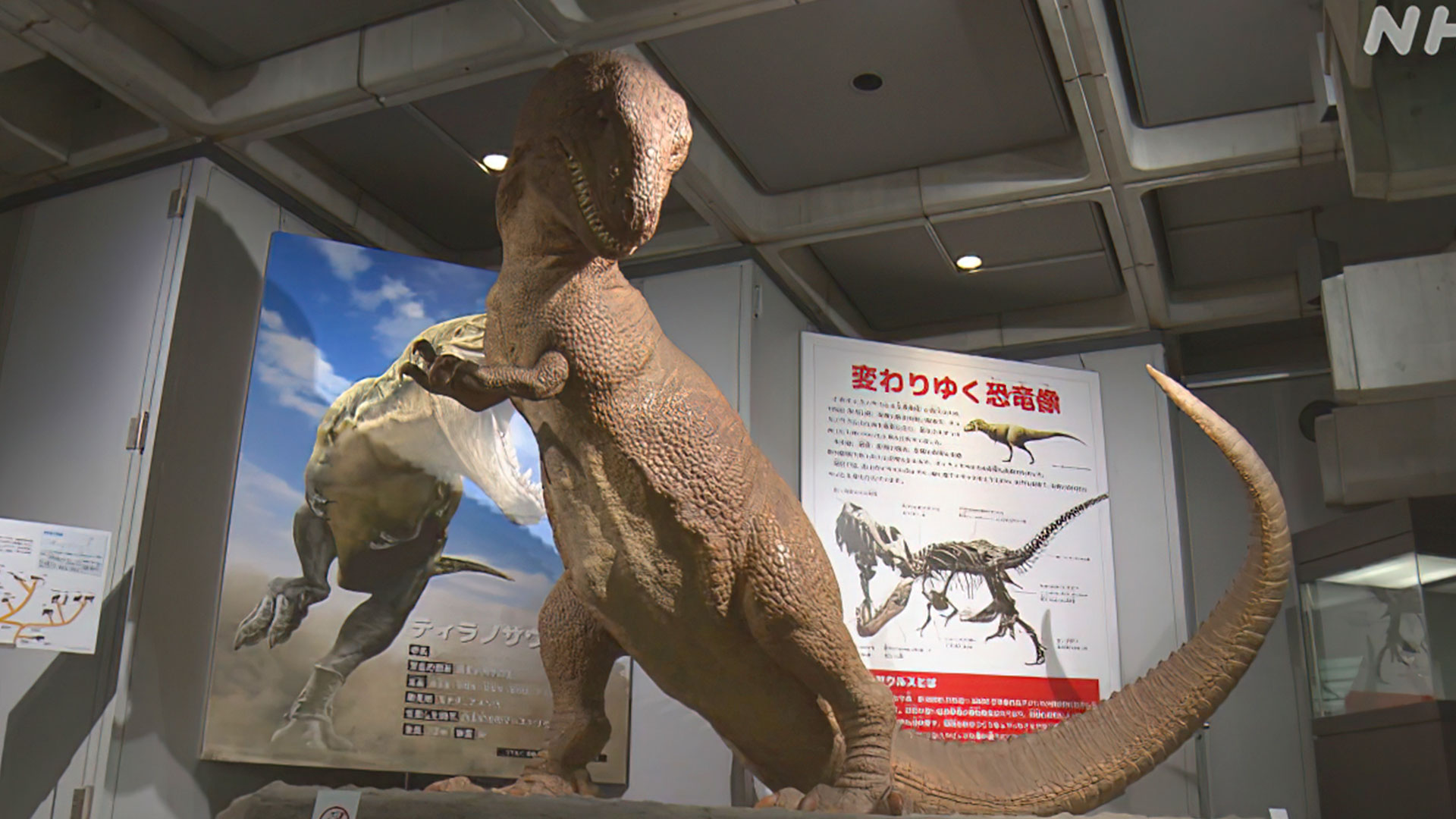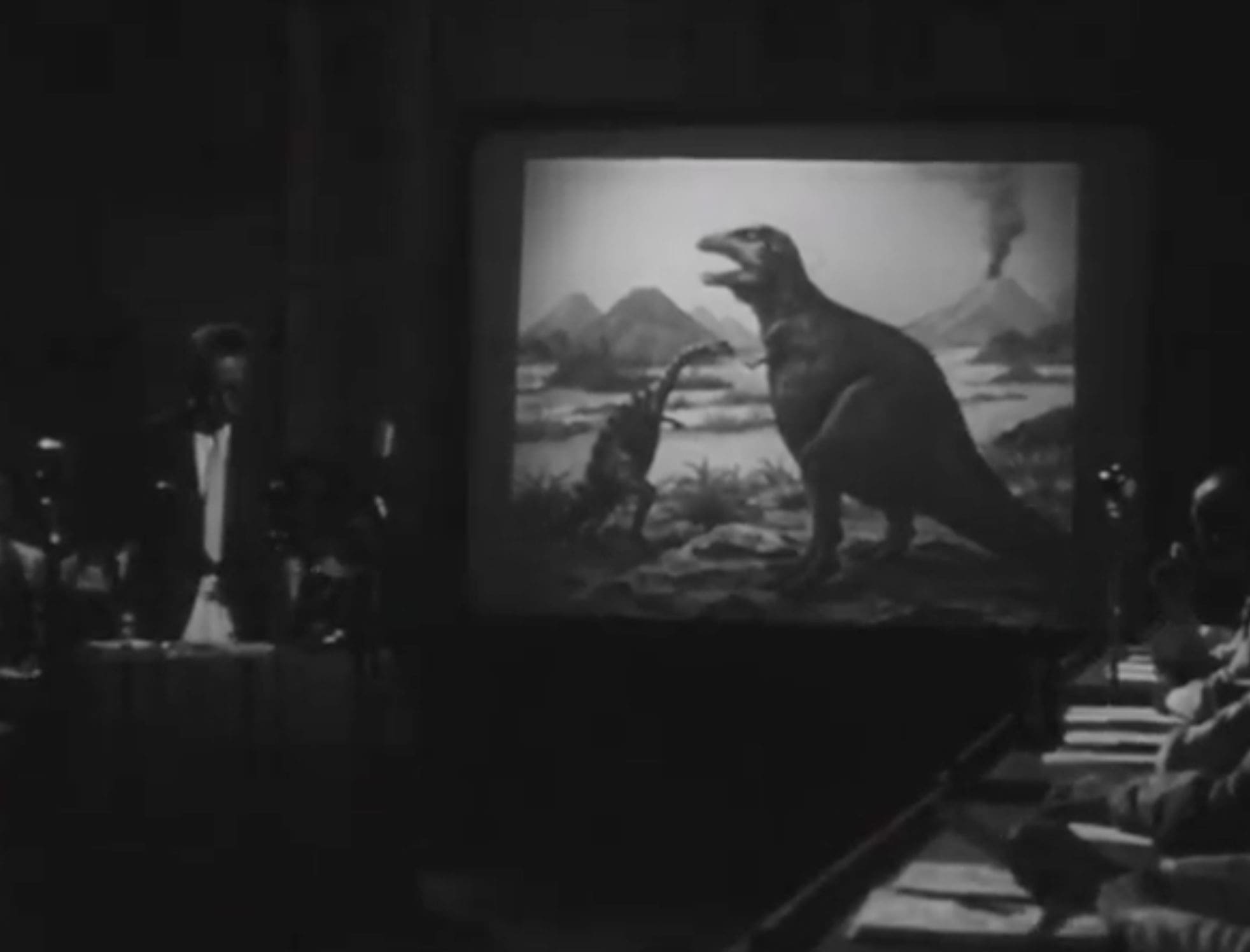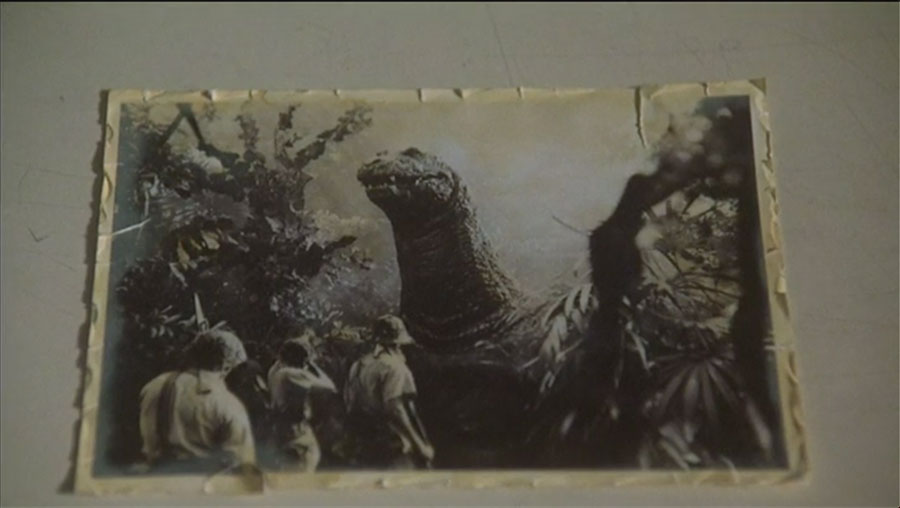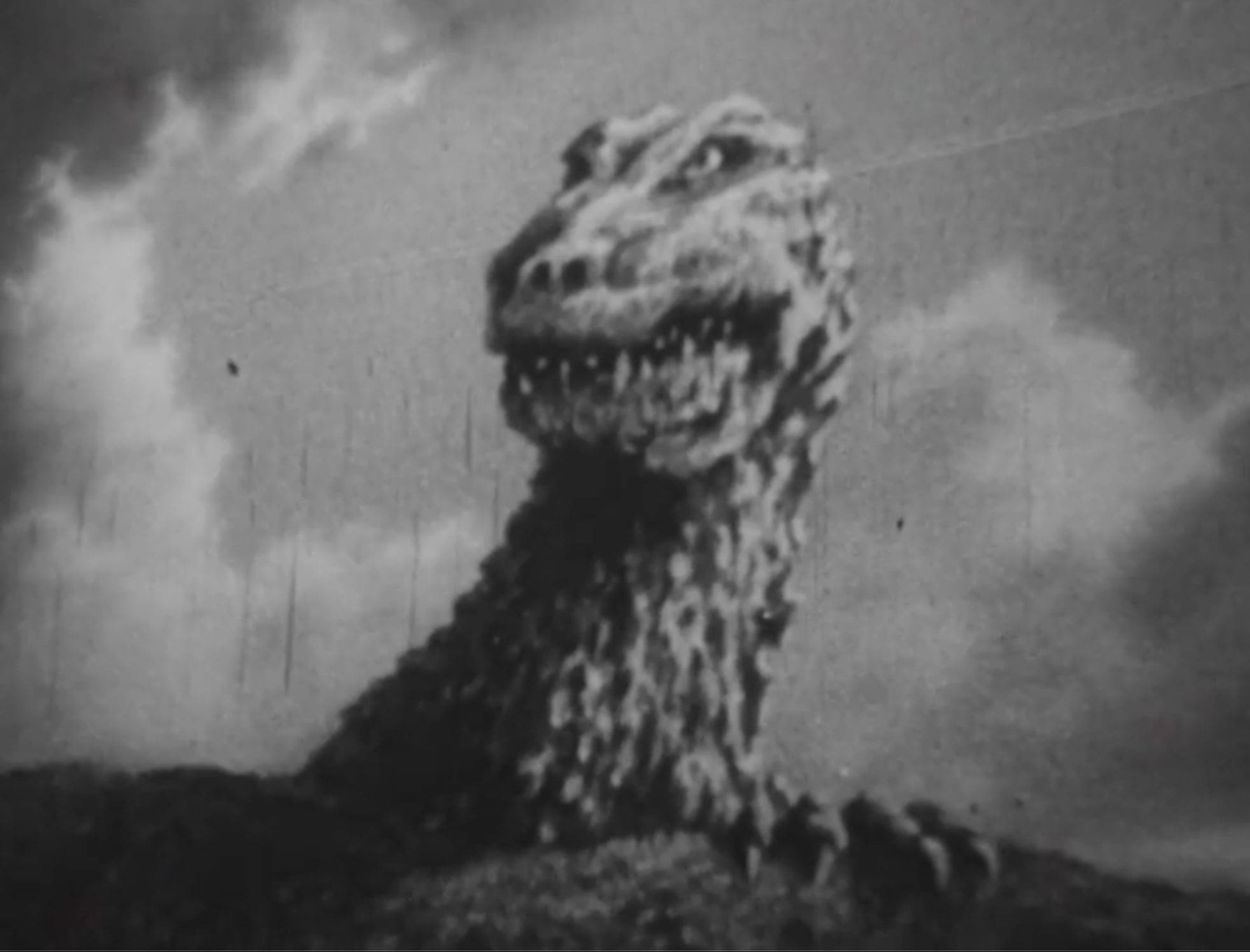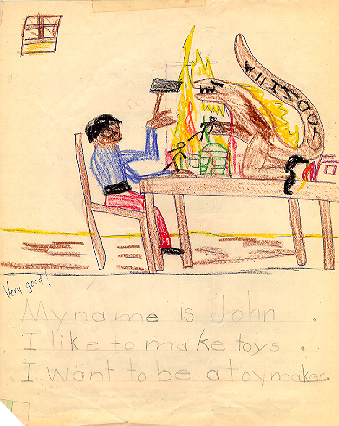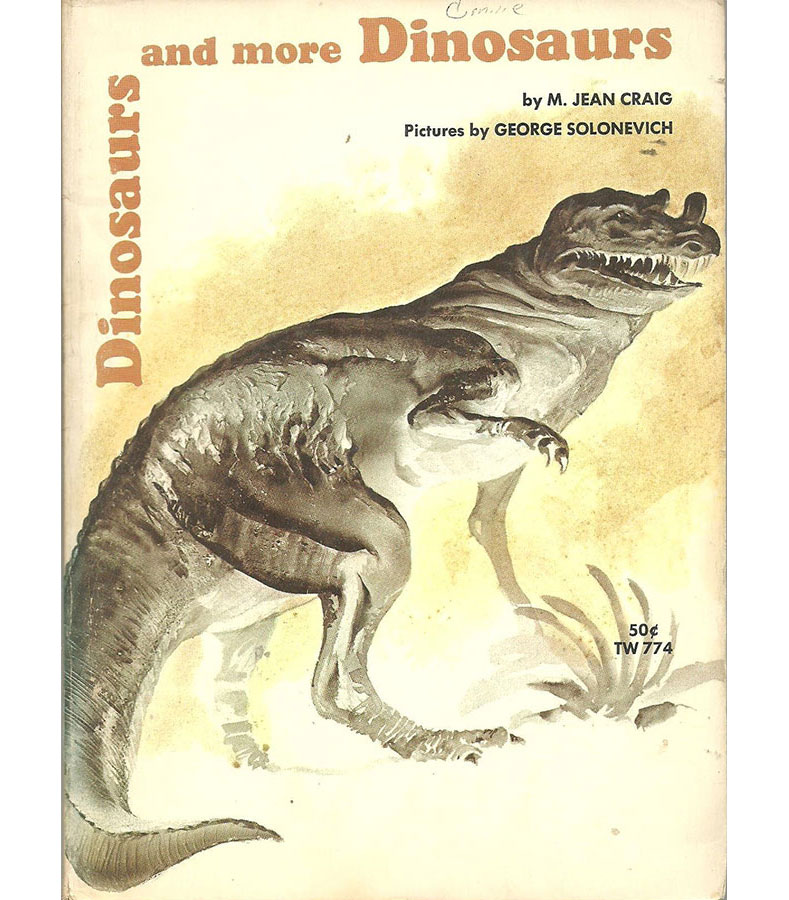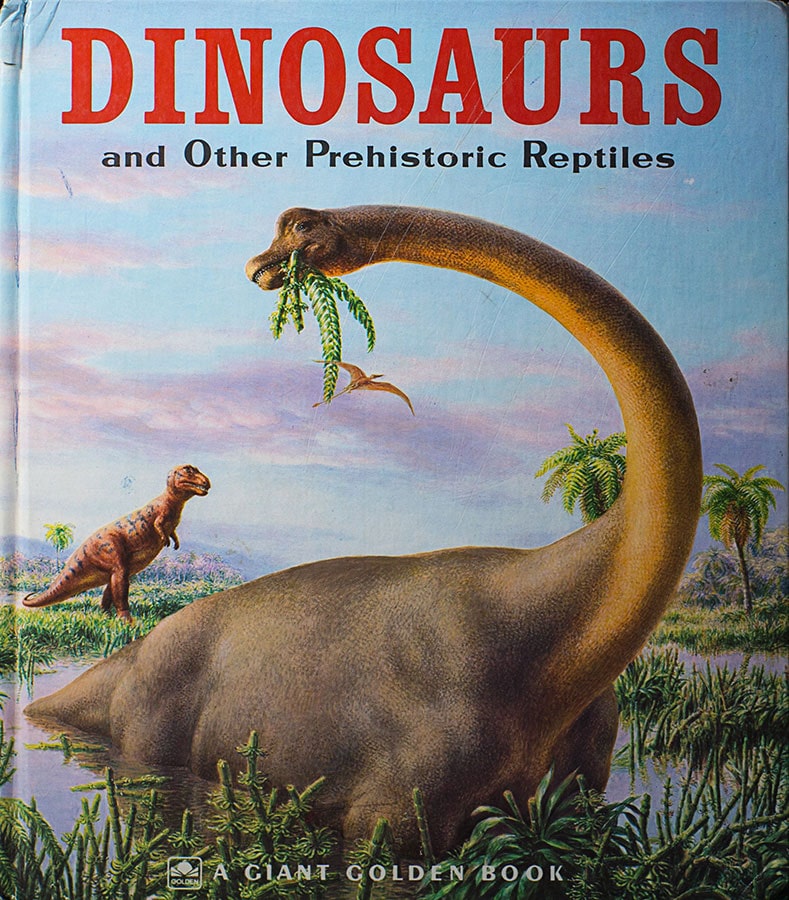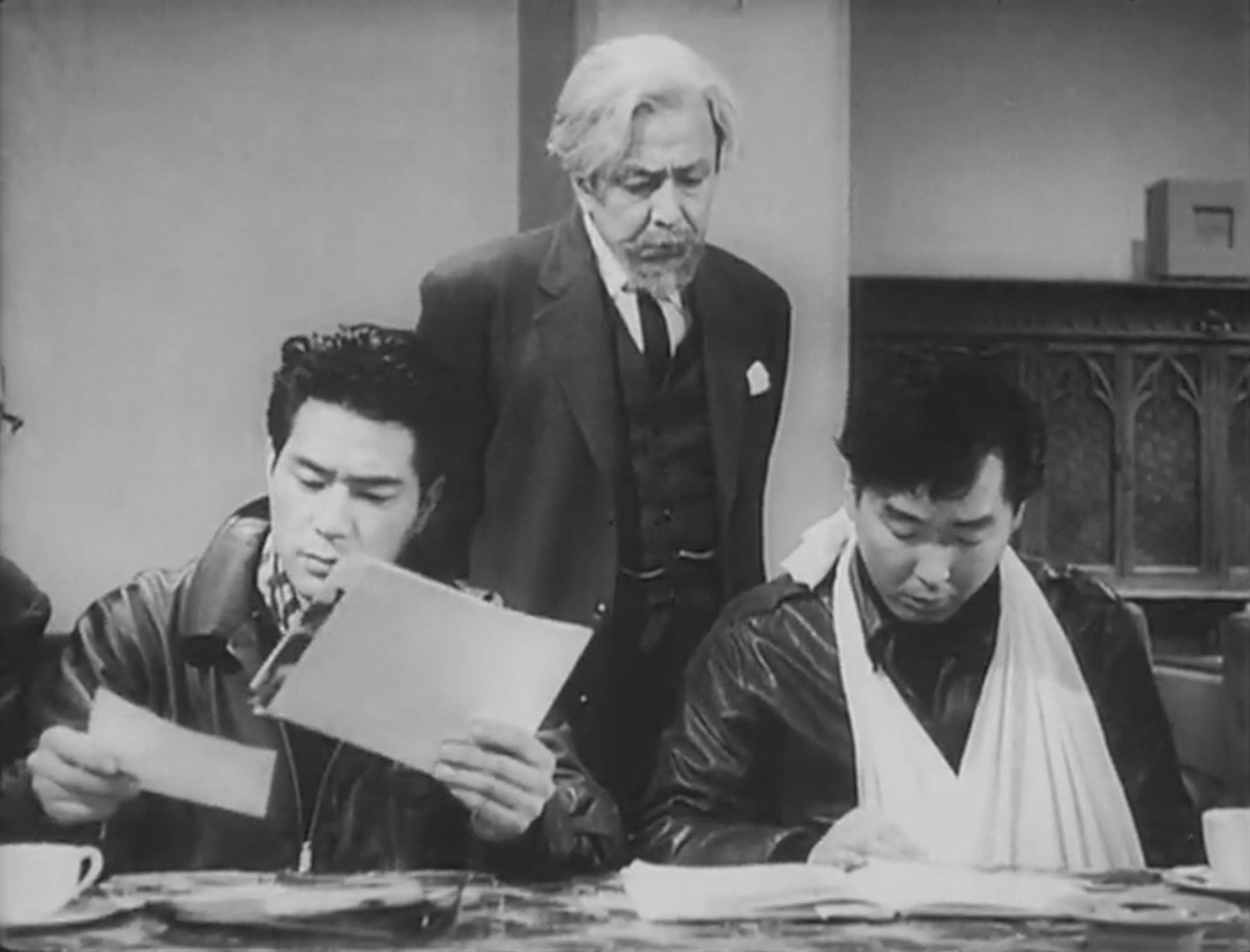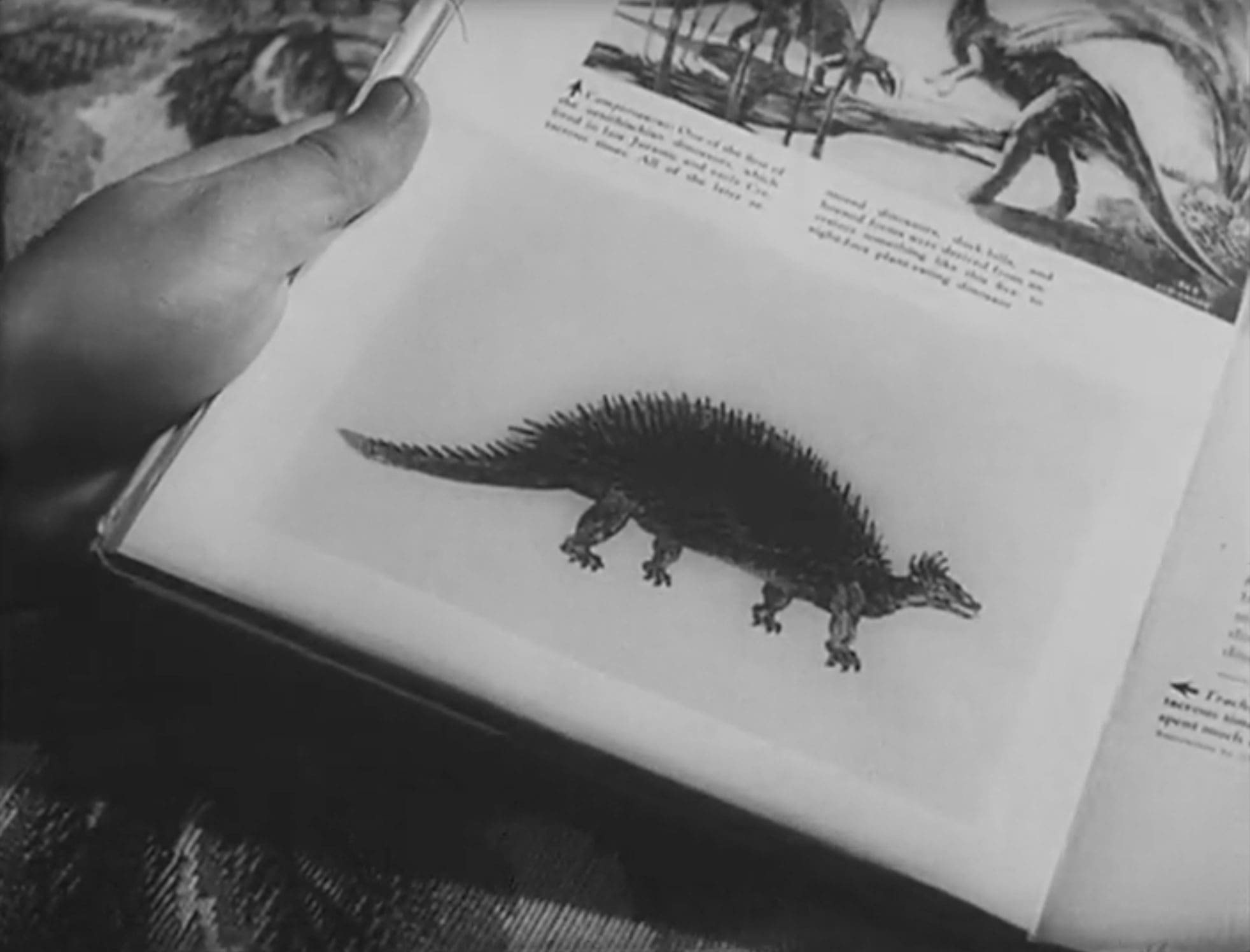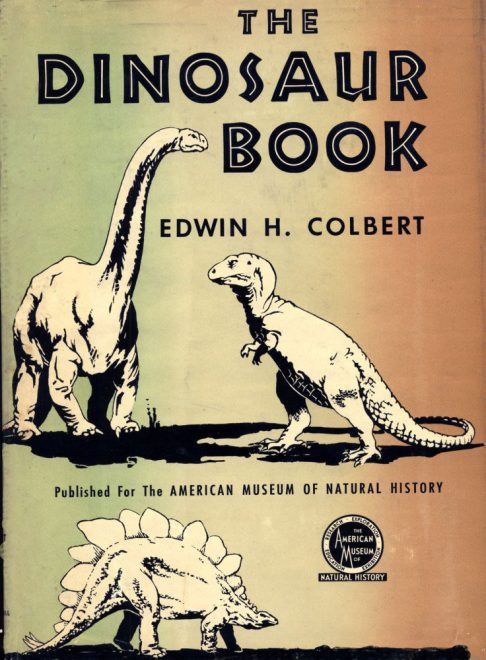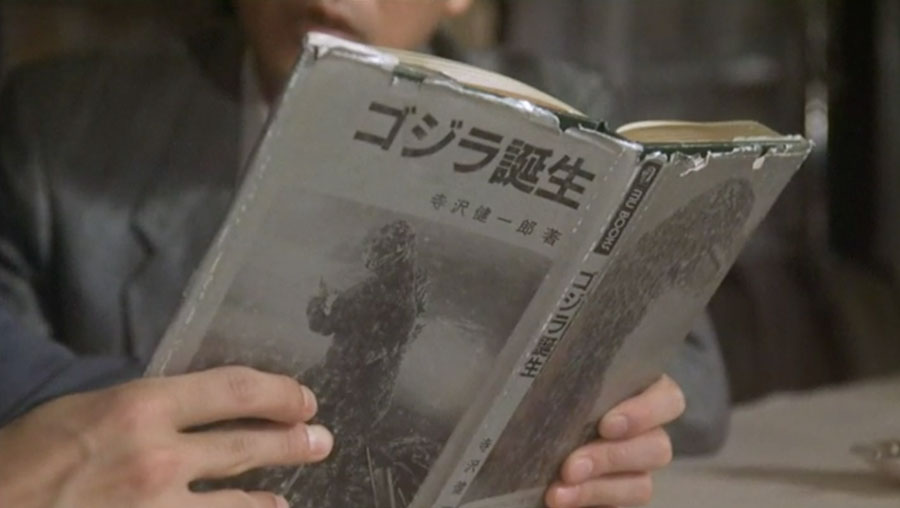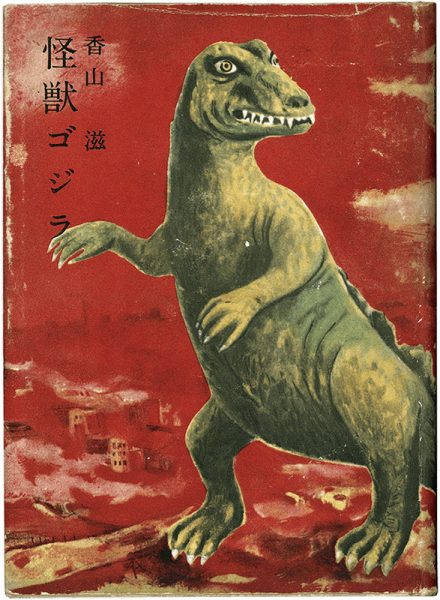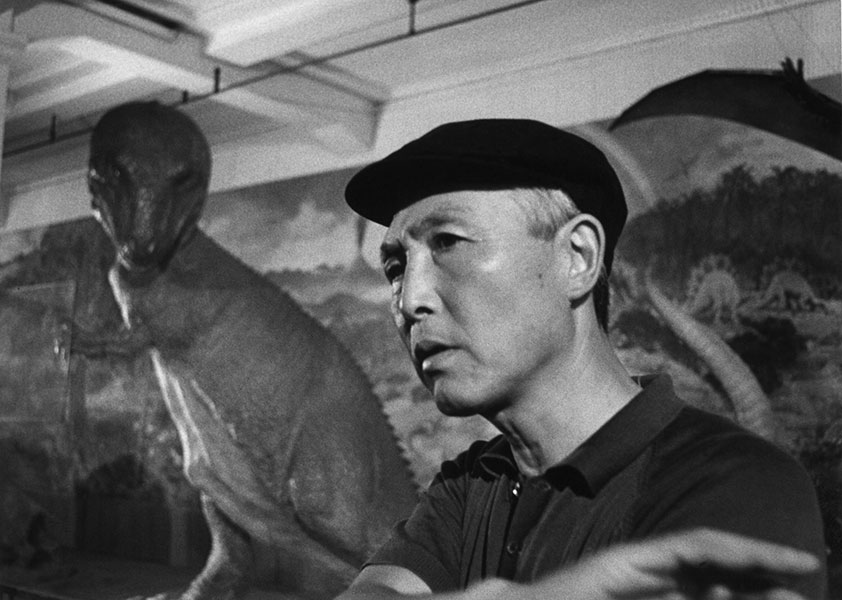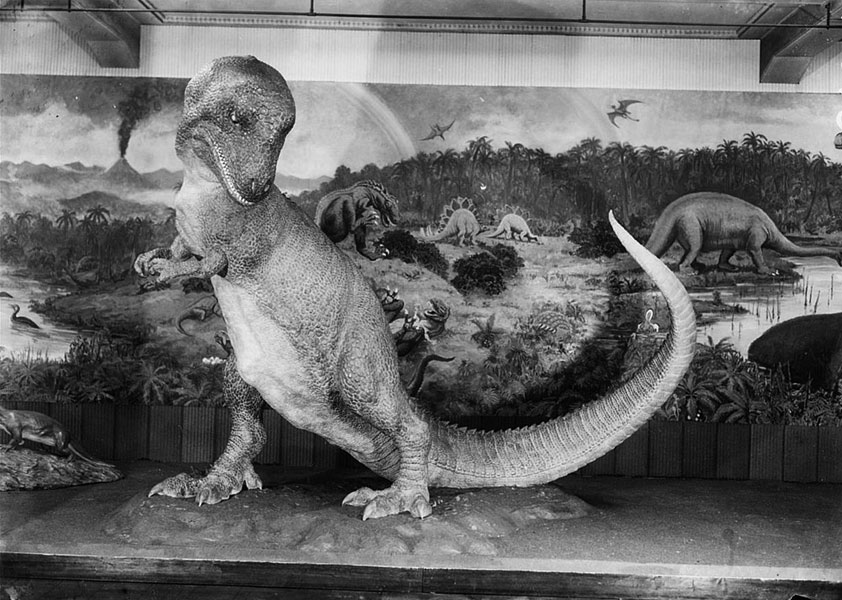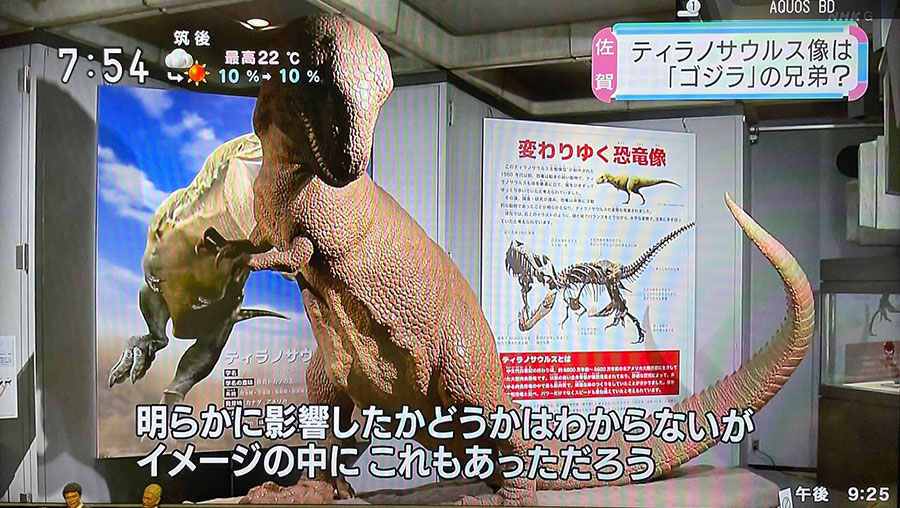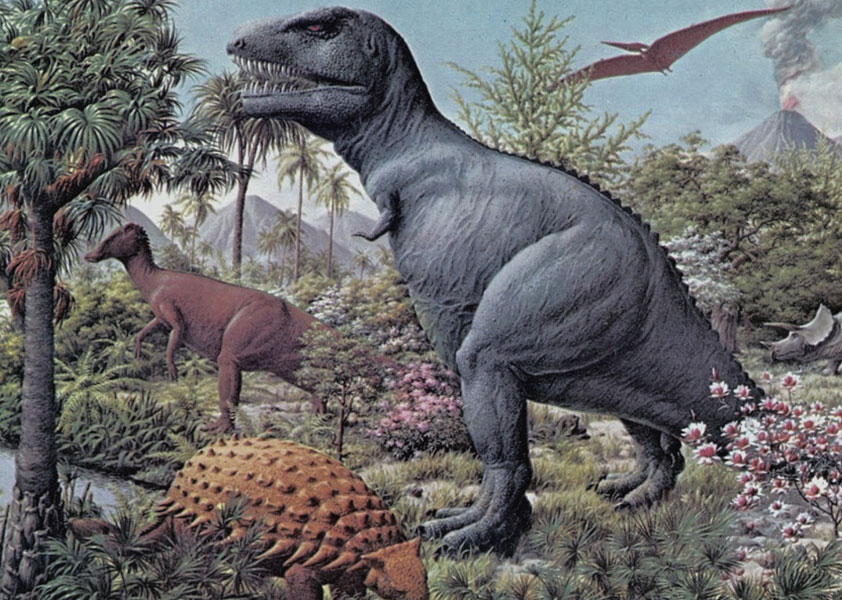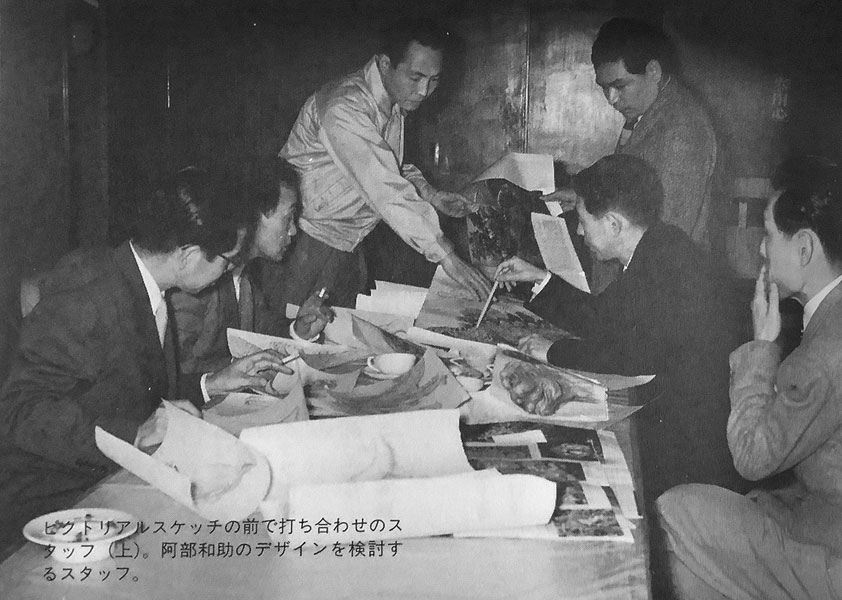11.7.2020 (revised 6.28.2022)
Godzilla was an ancient extinct dinosaur. This fact is well established from the words of Dr. Yamane in Gojira (1954) to Godzillasaurus on Lagos Island in the Heisei classic Godzilla vs King Ghidorah (1991). In his Introduction to Godzilla (決定版ゴジラ入門), Toho Producer Tomoyuji Tanaka asked, “What is Godzilla?”「ゴジラとはなんだろう?」 He replies, “An extinct dinosaur”「ほろびさった恐竜」 (p12). He goes on to say, “The Godzilla clan lived leisurely in deep-sea caves in the South Pacific Ocean. And sometimes I went out in search of food.”「ゴジラの一族、南太平洋の深い海底の洞くつで、のんびりと暮らしていた。そして、時どきエサを求めて外へ出たりしていた。」(p54). In Godzilla vs King Ghidorah (1991), Masukichi Ikehata saw the dinosaur on Lagos Island,「私はその昔 本物の恐竜を見た。」And science fiction writer Kenichiro Terasawa says, “Ten years later, in 1954, an American nuclear test took place at Bikini Atoll. The dinosaurs on Lagos Island became Godzilla after being exposed to the radiation”「すぐそばのビキニ環礁でアメリカの実核験が生われてます。その放射を浴びてラゴス島の恐竜はゴジラになった。」
